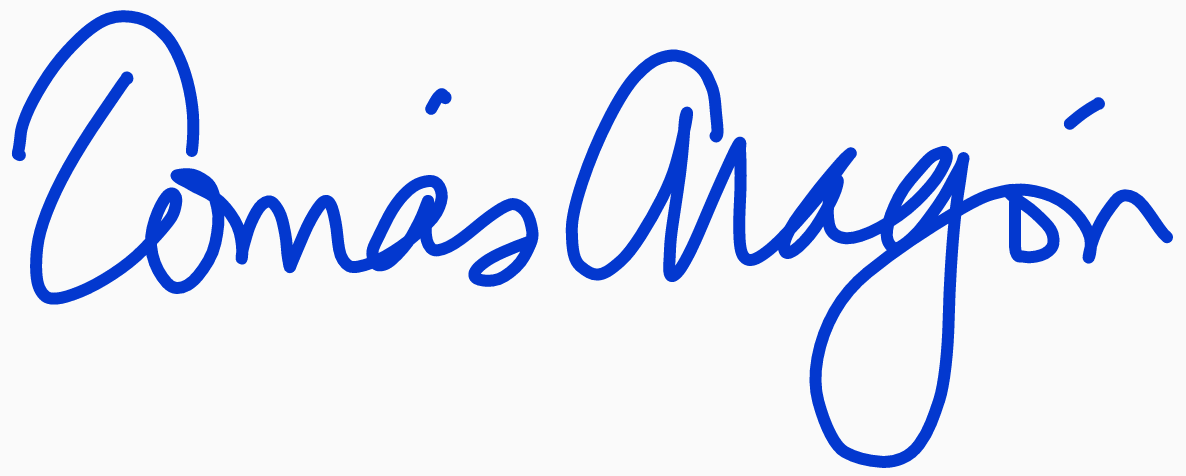State Public Health Officer Order for COVID-19 Disease Control & Prevention
We are now at a different point in time with reduced impacts from COVID-19 compared to prior years due to broad immunity from vaccination and/or natural infection, and readily available treatments available for infected people. Our policies and priorities for intervention are now focused on protecting those most at risk for serious illness, while reducing social disruption that is disproportionate to recommendations for prevention of other endemic respiratory viral infections.
In order for the Cal/OSHA COVID-19 Prevention Non-Emergency Standards to continue to be consistent with public health guidelines, this order revises the infectious period definition for isolation and exclusion purposes. CDPH continues to monitor evolving science and data related to COVID-19 infections and assesses conditions on an ongoing basis. California will remain vigilant and continue to mitigate the spread and impact of COVID-19 disease on populations at highest risk for severe disease. Therefore, consistent public health definitions informing COVID-19 disease control and prevention measures remain necessary at this time.
NOW, THEREFORE, I, as State Public Health Officer of the State of California, order:
1. All individuals should follow the recommendations in the When and Why to Wear a Mask issued by the California Department of Public Health. I will continue to monitor the scientific evidence and epidemiological data and will amend this guidance as needed by the evolving public health conditions and recommendations issued by the federal Centers for Disease Control and Prevention (CDC) and other public health authorities.
2. For the purposes of the California Department of Public Health's recommendations for persons infected with or exposed to COVID-19 and during outbreaks, the following definitions apply:
Close Contact
In indoor spaces 400,000 or fewer cubic feet per floor (such as homes, clinic waiting rooms, airplanes, etc.), a close contact is defined as sharing the same indoor airspace for a cumulative total of 15 minutes or more over a 24-hour period (for example, three separate 5-minute exposures for a total of 15 minutes) during a confirmed case's infectious period.
In large indoor spaces greater than 400,000 cubic feet per floor (such as open-floor-plan offices, warehouses, large retail stores, manufacturing, or food processing facilities), a close contact is defined as being within 6 feet of the confirmed case for a cumulative total of 15 minutes or more over a 24-hour period during the confirmed case's infectious period.
Spaces that are separated by floor-to-ceiling walls (e.g., offices, suites, rooms, waiting areas, bathrooms, or break or eating areas that are separated by floor-to-ceiling walls) must be considered distinct indoor airspaces.
* The potential infectious period is 2 days before symptoms began or the positive test date (if no symptoms) through 10 days after symptoms began or testing positive.
3. The California Department of Public Health will continue to offer public health recommendations and guidance related to COVID-19 based on the scientific evidence and epidemiological data. I strongly encourage Californians to follow such guidance to keep themselves, their families, and their communities healthy.
4. This Order supersedes the June 20, 2023, State Public Health Order, March 3, 2023, State Public Health Officer Order, the June 8, 2022, State Public Health Officer Order, the August 28, 2020, State Public Health Officer Order, the July 13, 2020, State Public Health Officer Order, the May 7, 2020, State Public Health Officer Order, and the March 19, 2020, State Public Health Officer Order.
5. This Order goes into effect on January 9, 2024, at 12:01 a.m.
6. This Order is issued pursuant to Health and Safety Code sections 120125, 120140, 120175,120195 and 131080 and other applicable law.

Tomás J. Aragón, M.D., Dr.P.H.
Director & State Public Health Officer
California Department of Public Health